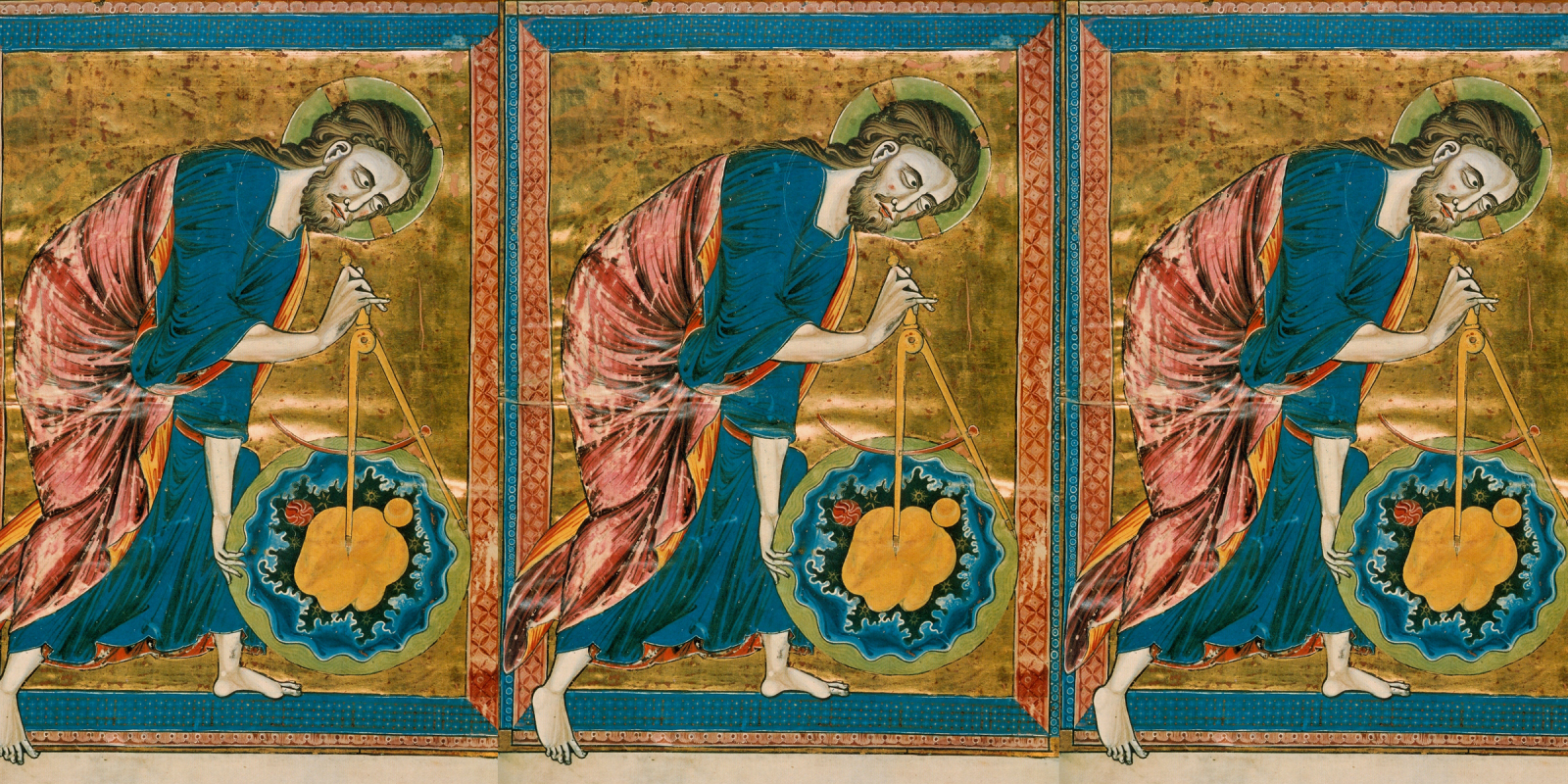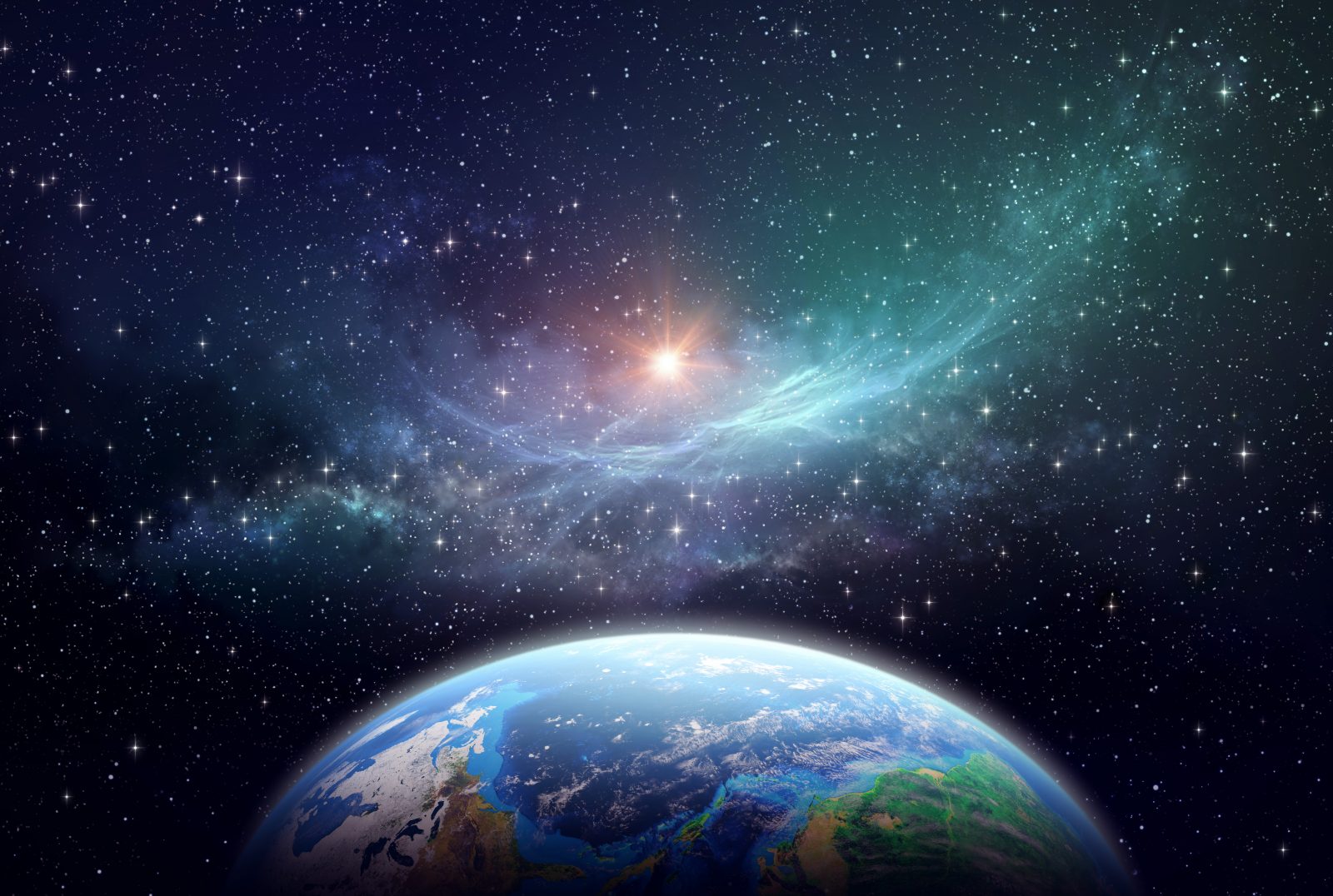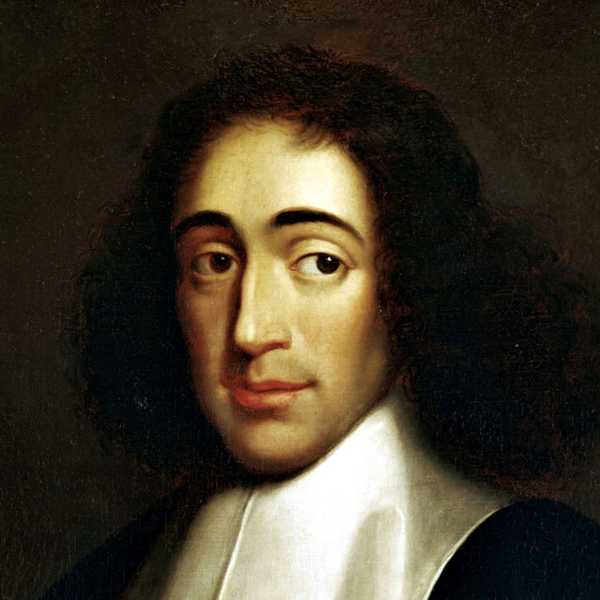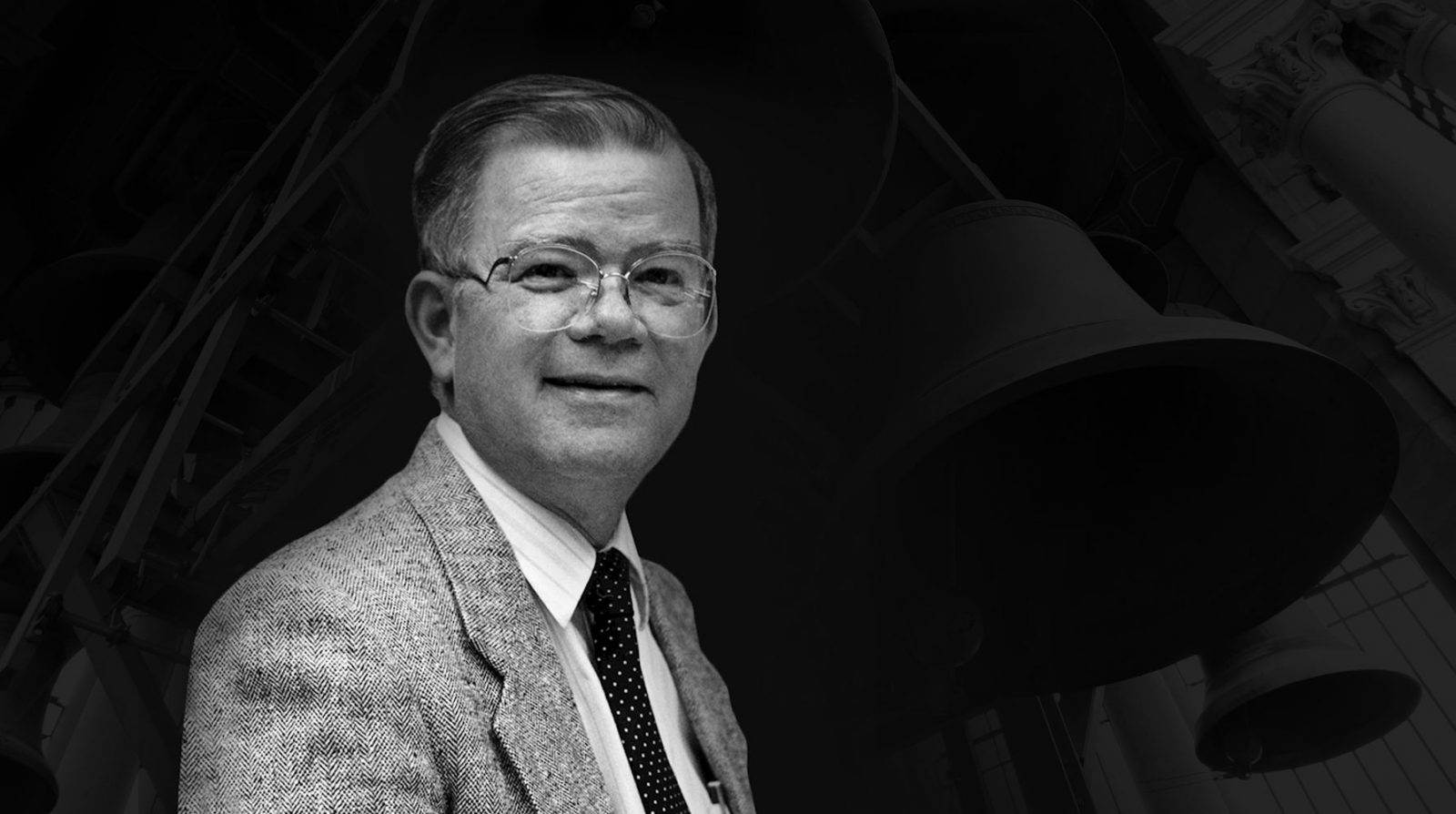


William Dembski on Scientism, Science, and Christian Faith
On today’s ID the Future, philosopher William Dembski and host Casey Luskin explore the relationship between science and faith. What is science? What is faith? How does Christianity define faith? Dembski explains that faith in the Judeo-Christian tradition is not the opposite of reason; at the same time, faith possesses a relational component—trust in a just, gracious, and reasonable God—that goes beyond mere assent to propositions. As for science, Dembski describes it as a careful search for truths about the natural world, including truths about key elements such as the birth of our fine-tuned universe and the origin of living things. Dembski says that he is convinced that scientific discoveries, unshackled from atheistic blinders, point strongly to intelligent design as the best explanation for life and the universe, a conclusion friendly to theism. As Dembski also notes, science was invented by theists, most of them Christians. They were motivated to search out the rational underpinnings of a cosmos because they believed it was fashioned by a rational designer. The occasion for the conversation is the recent Harvest House anthology, The Comprehensive Guide to Science and Faith: Exploring the Ultimate Questions about Life and the Cosmos, which Dembski co-edited and contributed a pair of chapters to. Get your copy here.

Carl Sagan Wrong about “Pale Blue Dot,” Says Astrobiologist
On today’s ID the Future, astrobiologist Guillermo Gonzalez unpacks one of his chapters in the new book The Comprehensive Guide to Science and Faith, edited by episode host Casey Luskin. Gonzalez and Luskin look at how our atmosphere as well as the sun, moon, distance from our host star, and position in the Milky Way are all curiously fine tuned not only for life but also for allowing Earth’s human inhabitants to observe and discover things near and far about nature. It’s as if a master designer made the Earth not merely for life but for curious and intelligent beings. What about the fact that Earth is such a tiny part of a vast universe, a “pale blue dot” as atheist astronomer Carl Sagan put it? Gonzalez fields that objection and uses diamonds to illustrate his point.

Jay Richards: Before Carl Sagan Said It, Science Debunked It
On today’s ID the Future, Privileged Planet co-author Jay W. Richards sits down with host Eric Anderson to discuss the gold rush of extrasolar planet discovery and how the Privileged Planet hypothesis has held up since 2004. Richards teases an anniversary edition of The Privileged Planet in the works, and he and Anderson discuss the statement that Carl Sagan is perhaps most famous for. Richards explains how science had already disproven the famous Sagan claim by the time the astronomer first uttered it to millions of viewers in his documentary series Cosmos.

Cosmos: Possible Worlds and the Copernican Demotion Myth
On this episode of ID the Future, host Jay Richards interviews historian of science Michael Keas about a new documentary claiming that Copernicus’s heliocentric model of the solar system “demoted” humans from the place of honor at the center of everything. Neil deGrasse Tyson champions this persistent myth in episode 8 of the new National Geographic series Cosmos: Possible Worlds. The reality is quite different. As Keas explains, in Copernicus’s day, the Earth was thought to be at the bottom of the universe, the “sump” where all the filth collected, while the starry heavens were considered the place of honor. Keas and Richards trace the history of the demotion myth and discuss how Copernicus, Kepler, and other luminaries of the scientific revolution saw the Copernican revolution very differently, as a glorious promotion of humanity’s place in the cosmos.

New Cosmos Series Plumps for Pantheism, Distorts History
On this episode of ID the Future, host and philosopher Jay Richards interviews science historian Michael Keas about the National Geographic channel’s new Cosmos series with Neil DeGrasse Tyson. In the Cosmos episode under discussion, the 17th century philosopher Baruch Spinoza is presented as an early advocate for science.
Read More ›
Honoring Phillip Johnson, Pt. 2: Jonathan Wells and Paul Nelson
Today’s episode of ID the Future comes from a Berkeley, California symposium honoring the recently deceased Phillip Johnson. Biologist Jonathan Wells recalls how he met Johnson and the huge influence he had on Wells’ own research and writing. Then philosopher of biology Paul Nelson reminisces on Johnson’s keen intellect, his eye for hidden assumptions, his awareness that “we are not of our own devising,” and on the mountain range of new knowledge opening up to us in biology, one that scientists knew little about even 30 years ago and that Nelson says points strongly away from Darwin’s idea of common descent.
Kepler, Galileo, the Book of Nature, and the First Mathematician
On this episode of ID the Future, Andrew McDiarmid talks with science historian Michael Keas on pioneering mathematical astronomer Johannes Kepler, based on Keas’ new work from ISI Books, Unbelievable: 7 Myths About the History and Future of Science and Religion. Kepler studied theology before turning to math and science, and it was his belief in God that guided his extraordinary discoveries. “Without an architect who created the world,” he said, “there is no … power in mathematics to make anything material.” Scientists, in his view of God, were thinking the thoughts or ideas that God himself had thought any time they discovered some law or deep pattern in nature. Kepler is just one of a long list of great early scientists, including Galileo, who saw a “book” of God’s revelation in nature written in the language of mathematics. God designed the world for discovery, Kepler believed, and that conviction inspired his groundbreaking investigations.
Read More ›Unbelievable: The Cosmic Copernican Demotion That Wasn’t
On this episode of ID the Future, Andrew McDiarmid again hears from science historian Michael Keas about another science myth exploded in Keas’ new ISI book Unbelievable: 7 Myths About the History and Future of Science and Religion. This time it’s the belief that Copernicus’s sun-centered cosmos demoted humans from our privileged position at the center. As another pioneering early astronomer, Galileo, noted, under the old astronomy the center was no privileged place. Instead it was viewed as the bottom of the universe, the “sump where the universe’s filth and ephemera collect.” So Copernicus’s discovery, if anything, elevated Earth’s place in the cosmos.
Read More ›Unbelievable: Galileo Proved the Church’s Irrational Opposition to Science
On this episode of ID the Future, Andrew McDiarmid interviews science historian and author Michael Keas about Keas’ new ISI book Unbelievable: 7 Myths About the History and Future of Science and Religion. The myth this time is that the Church tortured Galileo for opposing official teachings on the structure of what we now call the solar system.
Read More ›